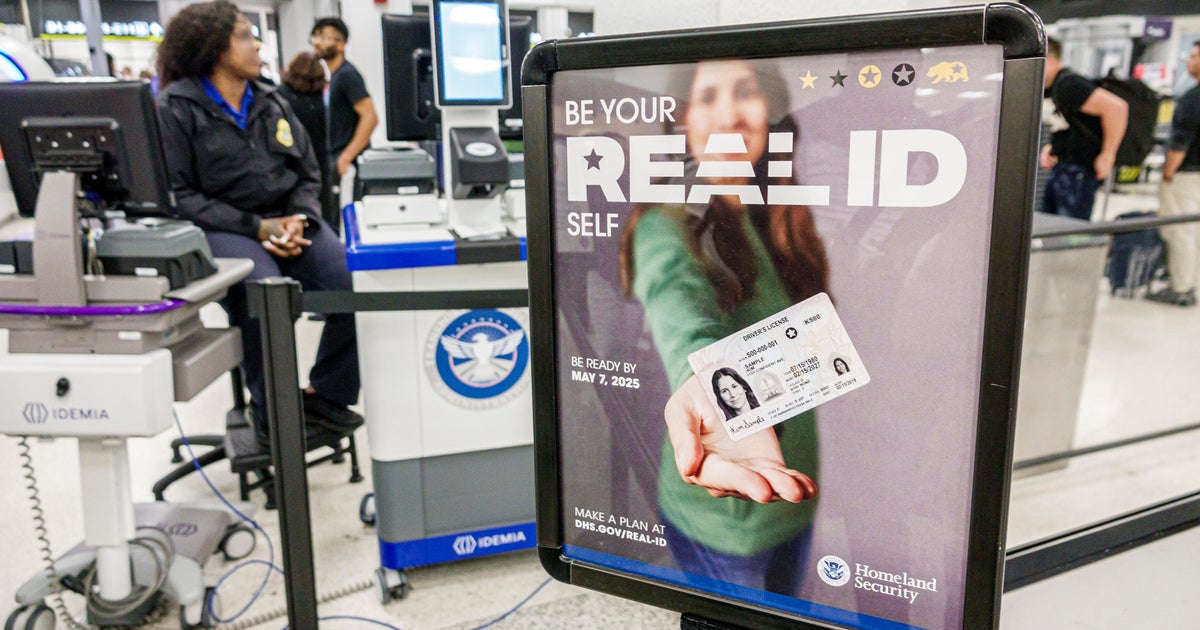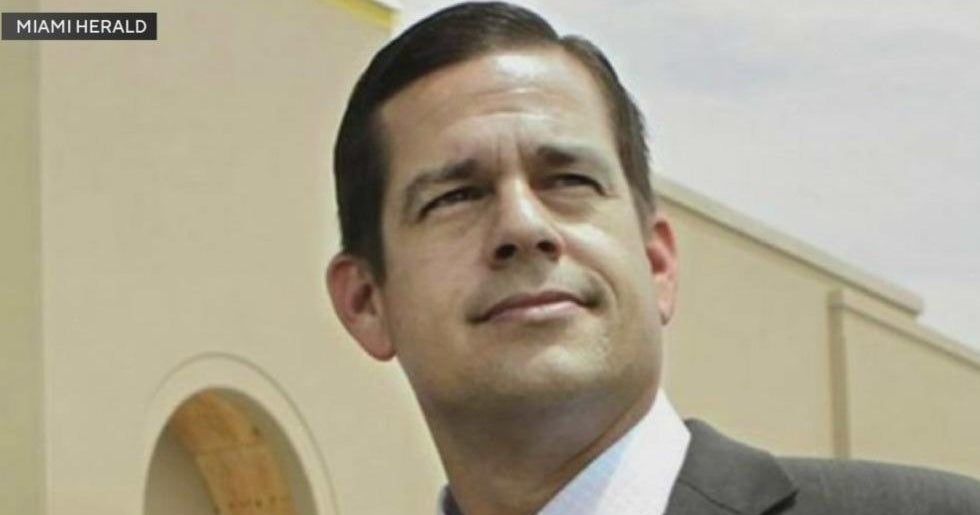Sunday Marks 50th Anniversary Of Bay Of Pigs Invasion
MIAMI (CBS4) – Sunday marks the 50th anniversary of the day when a group of 1,400 Cuban exiles, trained by the U.S. Central Intelligence Agency, launched the Bay of Pigs invasion to liberate Cuba.
The plan was to use exiles to overthrow Fidel Castro's communist government. At the time, there was a strong fear of the Soviet Union. But the mission went horribly wrong and became a black eye for bothe the administrations of Presidents Dwight D. Eisenhower and John F. Kennedy.
In Little Havana a ceremony will be held Sunday as the survivors of Brigade 2506, viewed as heroes by South Florida's Cuban-American community, honor those who died. During the memorial, the names of the 104 men who were killed in the battle will be read as a bugler plays Taps.
Brigade survivor Humberto Martinez Llano, who was only 16-years old at the time, told told CBS4 anchor Antonio Mora; "I felt myself responsible to go and try to liberate my homeland."
Mario Martinez-Malo, who was 21 years old at the time, said he hid the fact that he went to train with the Brigade from his parents:
"A friend of mine was the one that told my parents that I was captured in the invasion," said Martinez-Malo. "All that time they were thinking I was living and working in New York. For them it was a horrible surprise that I wasn't."
The training camps were setup in Guatemala and the leader of the group would be Jose Miro Cardona. If the invasion had succeeded, Cardona was set to take over the provisional presidency of Cuba, according to the JFK Library.
But, the mission's secrecy was blown early on and the landing point became problematic due to the swampy area and the distance from any refuge if the invasion failed.
The plan was to launch two air strikes against Cuba then let the 1,400 person force would invade and launch their attack. But, problems early on saw the U.S. launch only one air strike and the invasion quickly began to fall apart.
"I felt betrayed. You have to realize the US government trained us, they gave us the weapons, they gave us the places where to train, they gave us directions," said Martinez Llano.
Without air support, Martinez Llano's transport ship, the Houston, was a sitting duck for Castro's air force. The ship's captain was forced to run the ship aground and the men faced a three hundred yard swim in shark-infested waters with planes shooting at them.
Martinez Llano said it was a chaotic scene.
"We had to go without boots or without weapons or anything like that. We suffered a lot of casualties in the water," recalled Martinez Llano.
Martinez-Malo spent days hiding in a swamp before being captured. "There was no food, no water, no nothing," he said.
For Martinez Llano, it was worse.
He and more than a hundred other prisoners were packed like sardines into an unventilated tractor trailer for an eight-hour drive in the broiling tropical sun. Nine men died, asphyxiated.
Martinez Llano said it was the most horrible time of his life.
"Inside the trailer it was raining, and it was raining from the condensation of our sweat, our urine and everything else," said Martinez Llano. "It was so hot in there that it was condensation at the top and raining back on us."
Eleven hundred members of the invading force were eventually captured and locked up in Cuban prisons.
Martinez-Malo says more than two hundred prisoners were crammed into a room, sleeping on the ground with only one toilet.
The botched invasion gave Soviet Union the opportunity to place missiles in Cuba that were targeted at the United States. This would give birth to the Cuban Missile Crisis, which was the closest the world ever came to an all-out nuclear war.
In fact, some of the very exiles who were imprisoned after the Bay of Pigs invasion would end up helping build the sites for the Soviet missiles that sparked the missile crisis.
The prisoners were returned to the U.S. a year and a half later, ransomed for $53 million in food and supplies.
After the Bay of Pigs, the CIA tried to hatch more plots to overthrow Castro that included poisoning his cigar, among other implausible ideas. Other plans were under in place under a Kennedy administration plan called "Operation Mongoose."
Castro wound up having the last laugh though as the embargo that has been placed on Cuba for decades has done little to weaken his family's power over the Cuban government.
No other attack of that magnitude was ever launched against Castro after the April 1961 Bay of Pigs fiasco.



